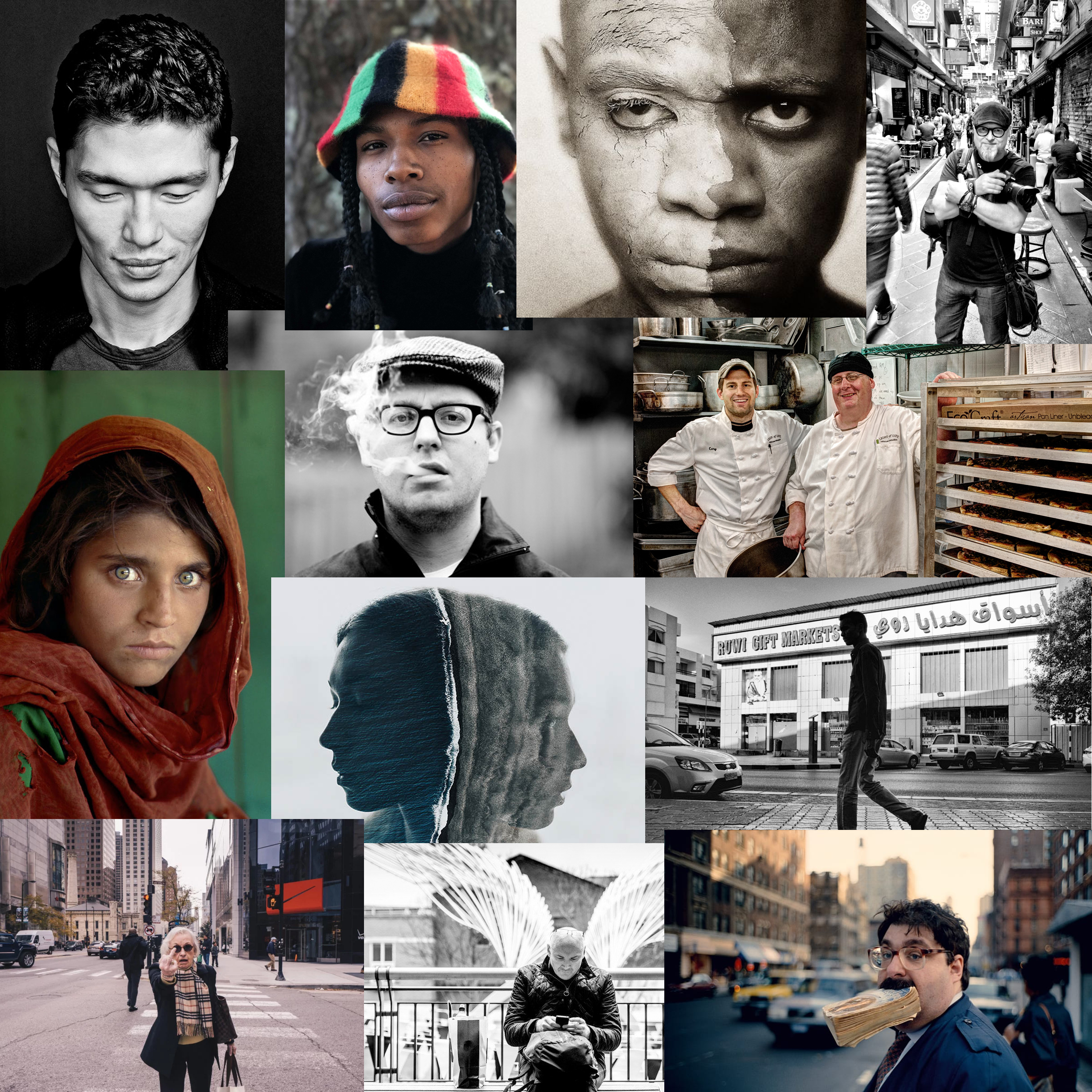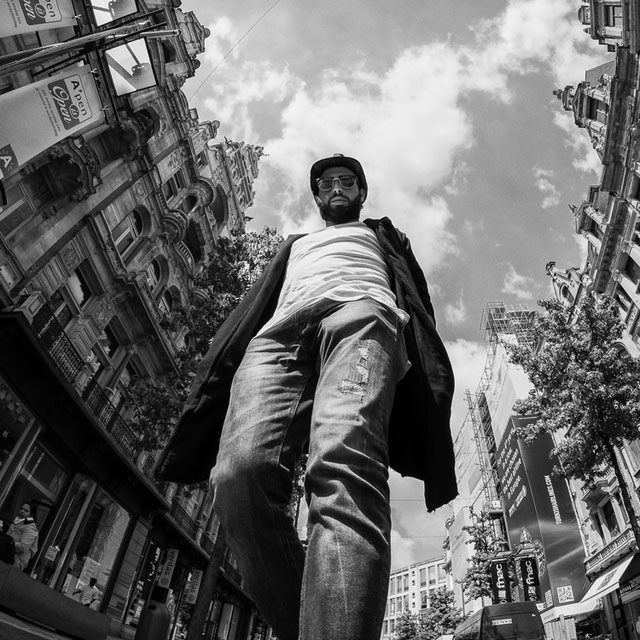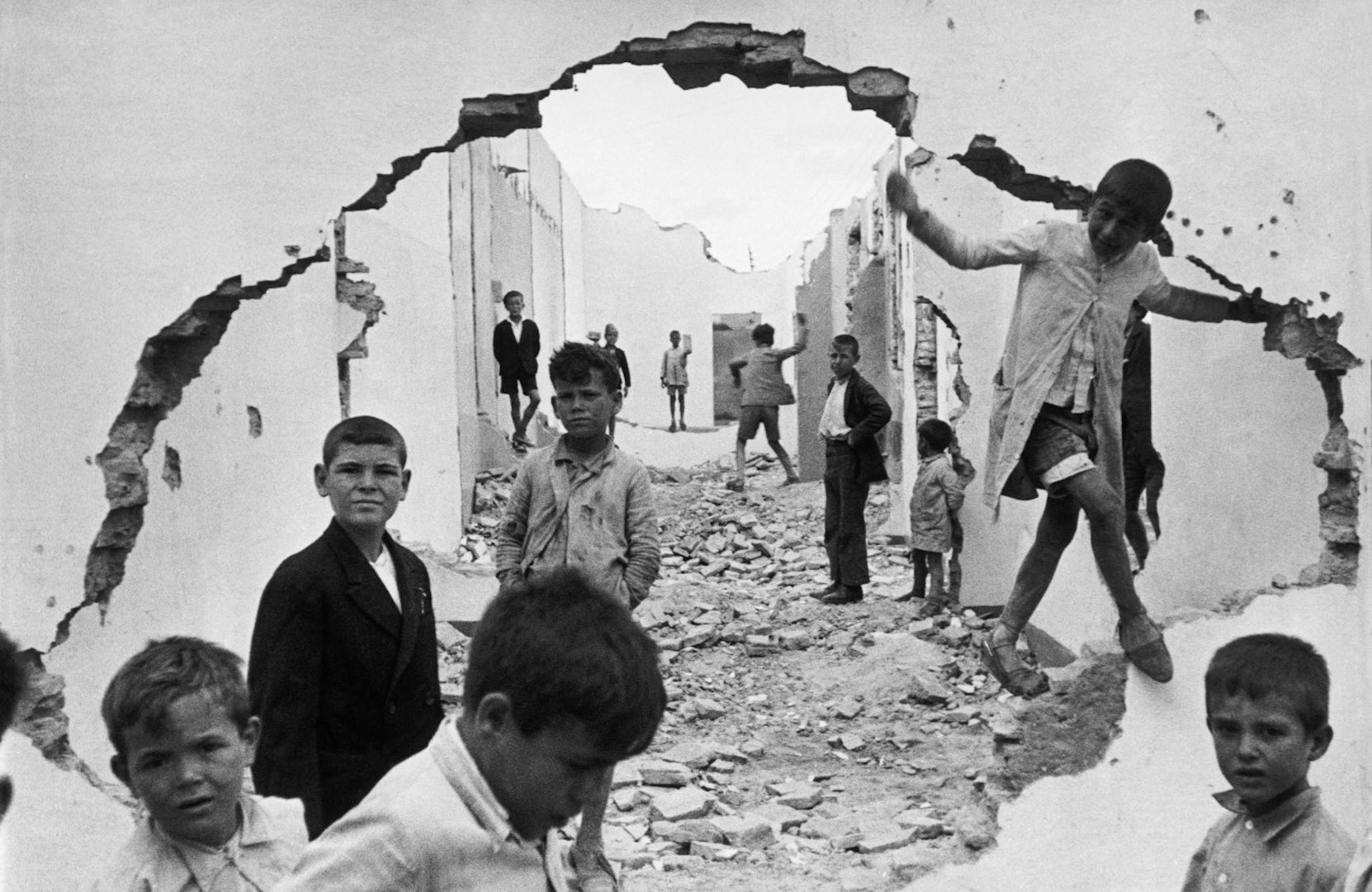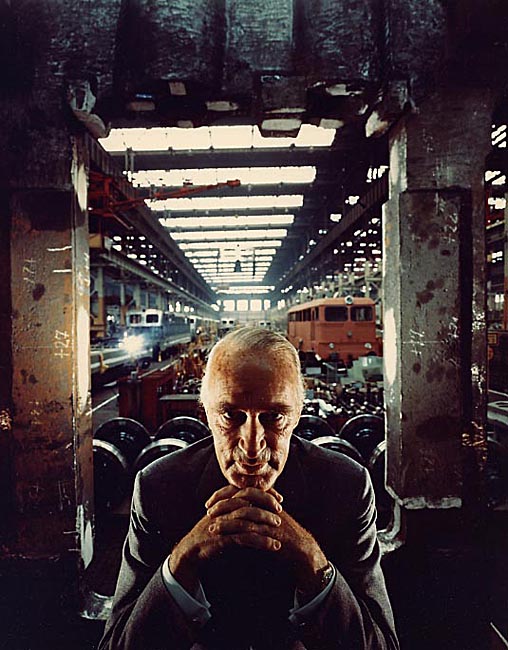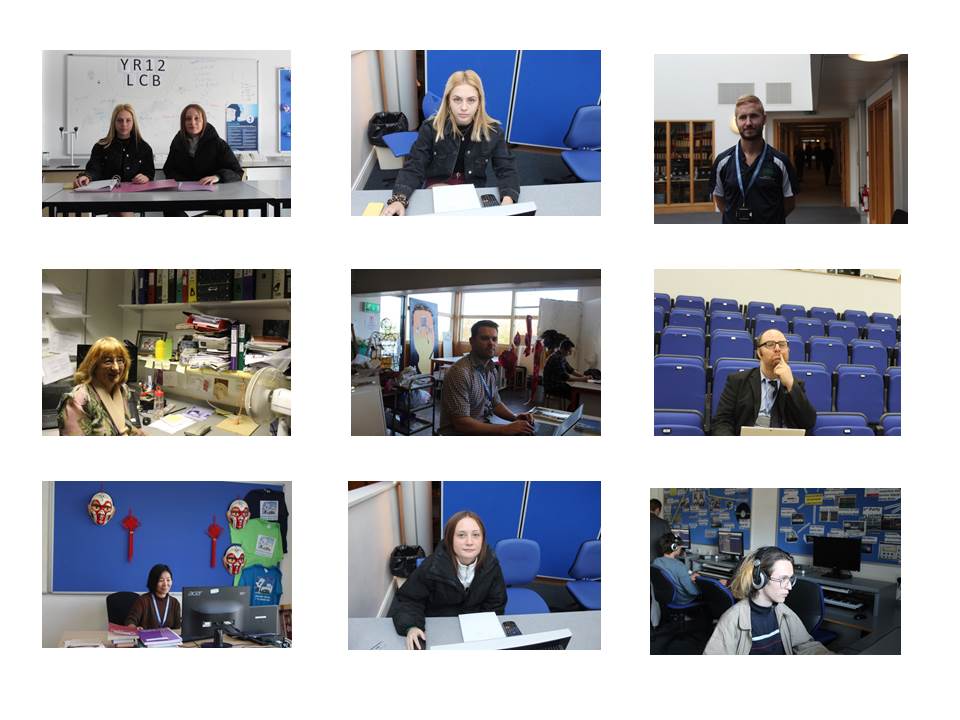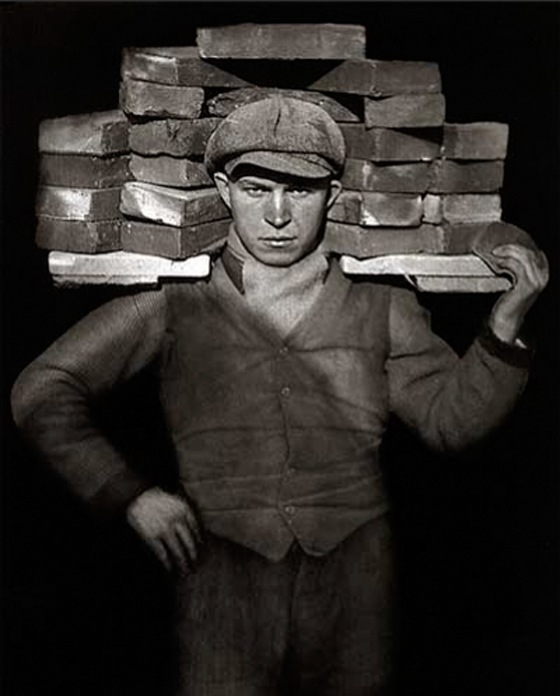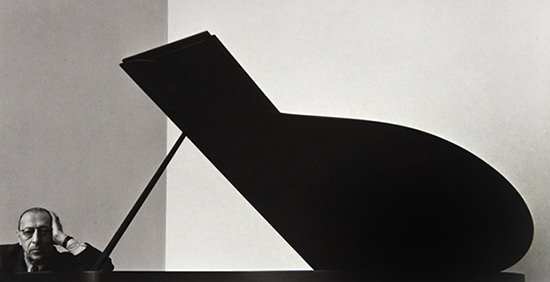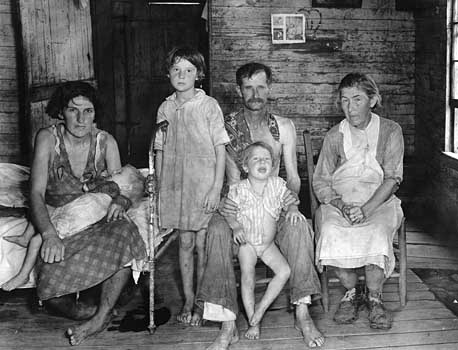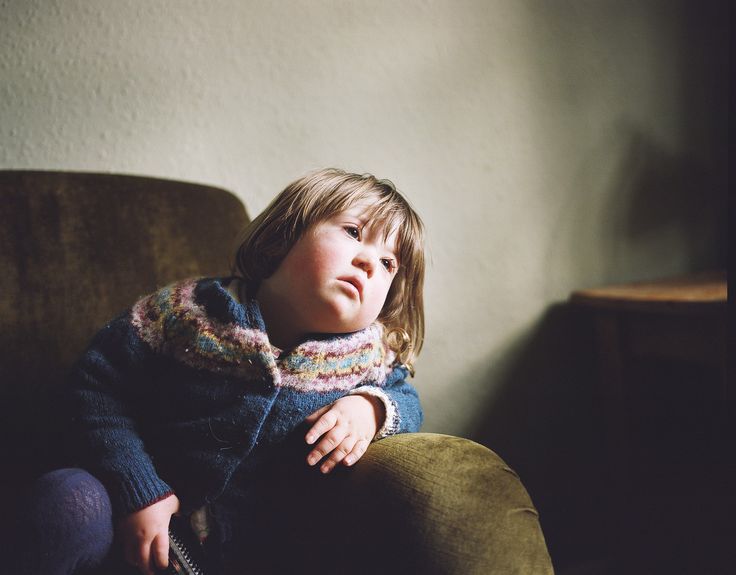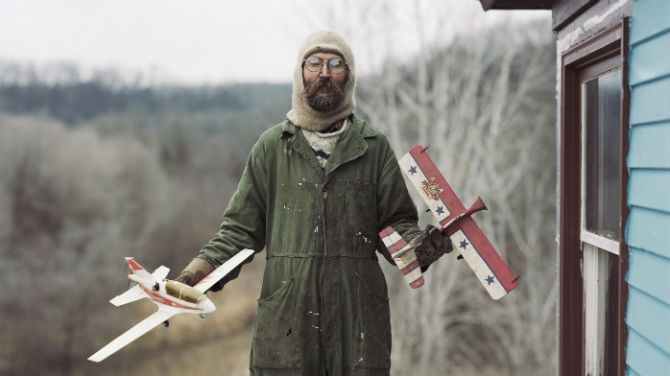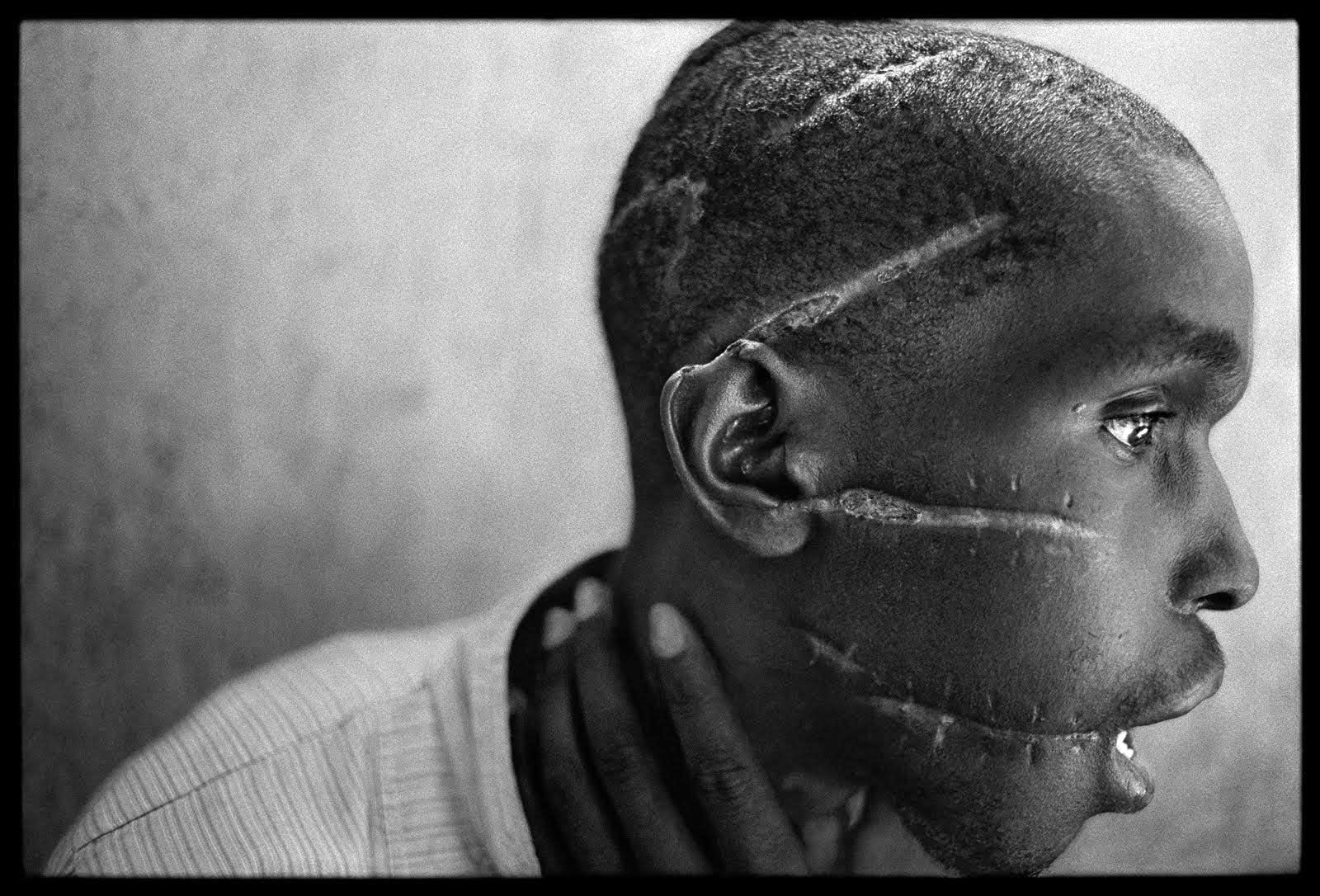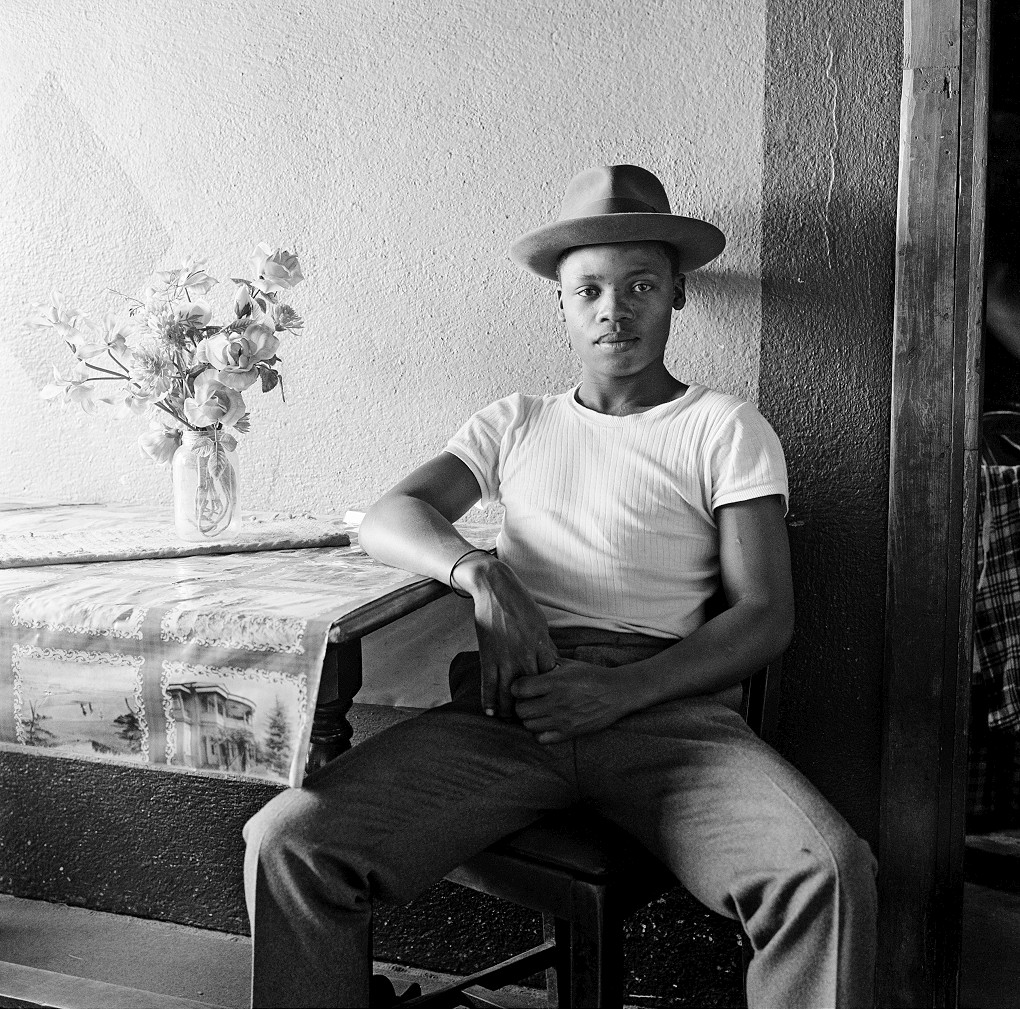Portraits can be used to convey the personalities and emotions of the subject being used. In many instances, photographers use both the context of the image, and the subjects pose, to convey a message.
The below photograph was taken of industrialist Alfred Krupp, and became a very well known image, due to the message that it conveyed and presented.

Emotional Response:
My first reaction to the image, is that it seems to portray a sinister, dark theme. The way the subject is positioned makes it seem like he is mimicking an evil character, and his facial expression is unnerving and lacks emotion. This image is also very full, and the attention of the viewer is moved from the subject in the foreground to the different activities occurring in the background. this makes it difficult to concentrate on a certain part of the image, and so I dislike this aspect of the photograph.
Visual:
The photograph makes use of dark, contrasting colors to present a more sinister and unnerving tone. The setting of the railway station gives the image an industrial, strict feeling, while the graffiti on the walls of the cement pillars makes the setting seem more run-down and decrepit, allowing the photograph to present a more eerie feel to it. The fact that the subject, an elderly man wearing a suit, is positioned in the very foreground of the image, startles the viewer, and makes it seem like the subject is the dominant figure in this scenario, possibly that the subject owns the station, but doesn’t participate in any manual labor due to the presentation of him wearing a suit.
Technical:
This photograph was taken with a camera, at eye-level with the subject. The image has good symmetry, as the subject is centered in the image, and the industrial setting behind him shows a relatively symmetrical layout. The image also has a strong perspective, as the setting behind the subject seems to carry on towards the center of the image, in the distance, showing the length of the railway line. These techniques used allow for the photograph to show the setting as a large industrial area, and allows for the viewer to focus on the subject and his position, as he is directly in the center at the front of the photograph.
Conceptual:
Newman idea behind this image was to present the subject as sinister as possible. The main focus of the image is to draw attention to the subjects personality, as Newman has attempted to portray how bad of a person Krupp was, through positioning him to look like a villain. Newman used both subtle and unsubtle techniques to present this effect, and overall, the concept of the image can be deduced relatively easily by analyzing the setting, the position of the subject, and the context behind the photograph.
Context:
In 1963, photographer Arnold Newman was contacted by industrialist Alfred Krupp to photograph a portrait image for him. Krupp was discovered to have produced transport and materials to assist the Nazis during the second world war, and after learning Newman was Jewish, Krupp refused to see him. After being persuaded through viewing Newman’s impressive portfolio, Krupp agreed to allow Newman to photograph him. Newman took advantage of this, and portrayed Krupp in the most sinister and eerie way possible in an act of revenge for Krupp’s influence in the prosecution of the Jews.




